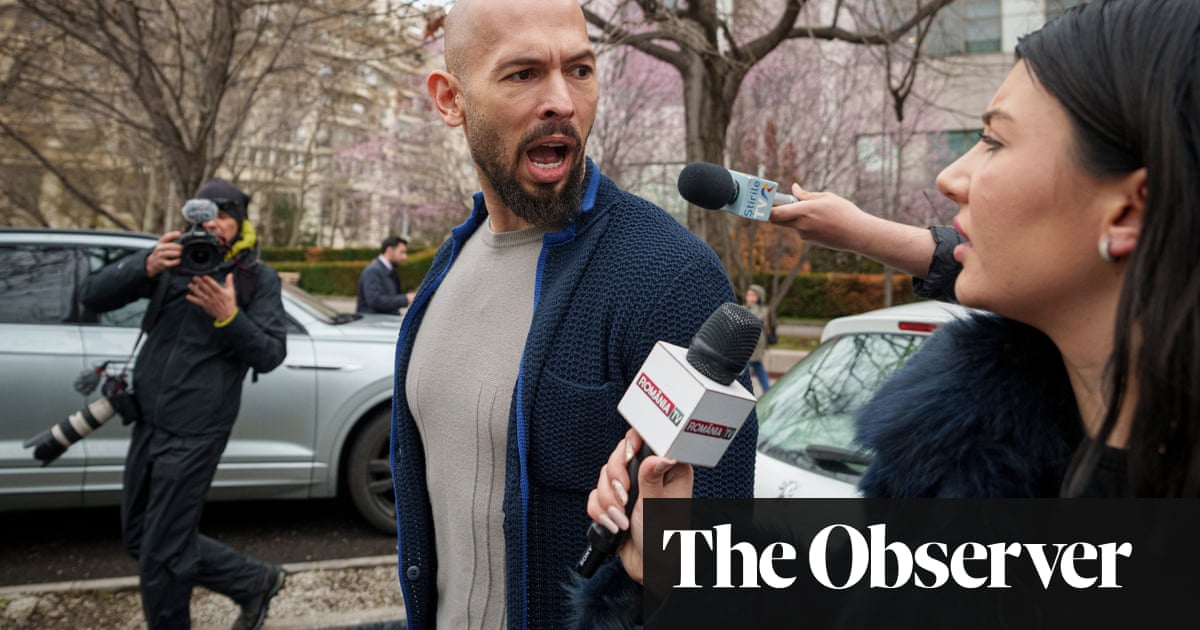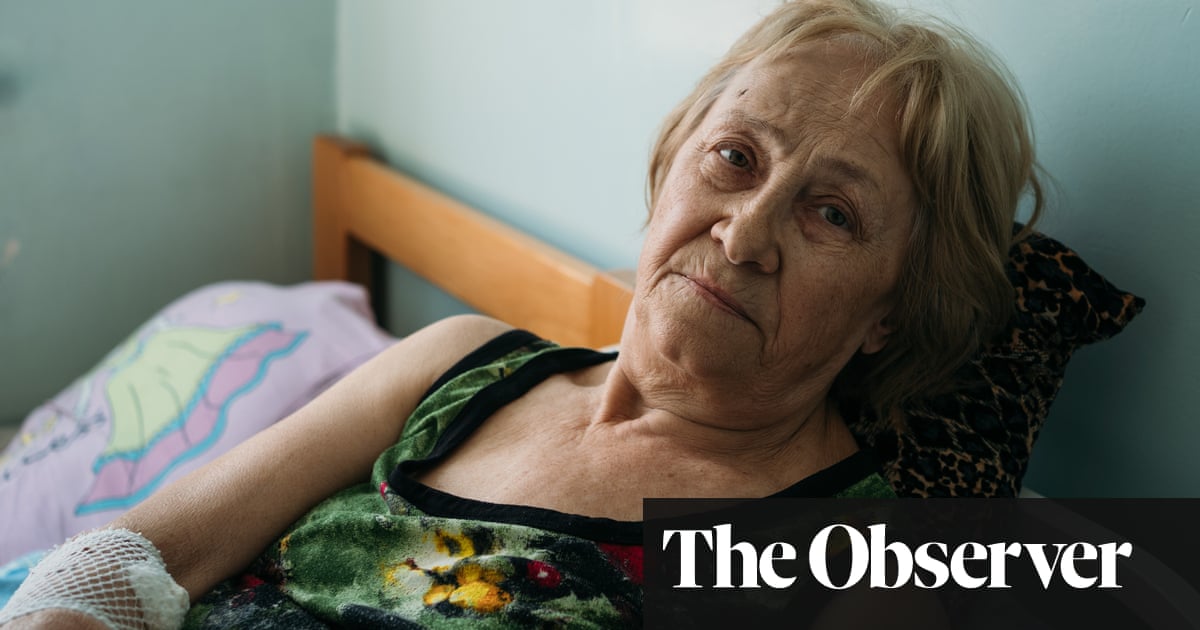It happened slowly at first, then all at once: people asking me “are you watching The Pitt?” As in the medical drama streaming on Max, released at the beginning of January and set over one hellish shift at an overburdened emergency room in Pittsburgh. The question has increased in frequency and urgency over the past month, as more and more people got hooked on weekly episodes that simulate the adrenaline cascade that is emergency medicine, one hour at a time. Friends, acquaintances, strangers at the coffee shop – everyone was watching The Pitt. Or, more accurately, reliving it, because to watch The Pitt is to be absorbed by The Pitt. Such is the nature of binging, but also the show’s design: a long season – 15 episodes, or nearly twice the length of a standard streaming drama, with the finale released tonight – plus a single episodic conceit, self-contained set, mixture of long and short story arcs, and archetypical characters with tight, shrewdly deployed backstories.
In other words, it’s a good procedural, in the lane of some of the best network television; a medical drama with a charismatic lead is not breaking the wheel. In fact, by starring Noah Wyle as Dr Michael “Robby” Robinavitch, a haunted yet persistently cool and competent attending physician, it specifically invokes ER, the grandaddy of all medical dramas. (As well as a copyright dispute: though they share executive producers, Warner Bros would like you to know that The Pitt is not an ER spinoff.)
And yet the Pitt feels fresh – simple, sleek, competently made and relevant to a country whose healthcare system is notoriously inequitable and actively under attack from the administration. A mix of quick adrenaline hits and longer, nuanced story arcs, of formal gimmicks (like 24, each episode covers roughly an hour in real time) and tried and true staples (Patrick Ball’s hot doctor with an attitude, cases that are always more complicated than they initially seem). A symphony of stress that does not relent has a deft handle on the basics of camerawork, pacing, set and tone down. Good, compelling television shouldn’t be a rarity in the streaming age, and yet …
This is the type of show that streaming companies should have mastered long ago but have struggled to produce, opting instead for experiments in theme and structure, such as the recent Netflix hit Adolescence, or cheaply made, disposable fluff. The Pitt still has some of the flourishes and freedom of the streaming model – nudity, swearing, flexible runtimes, the ability to show graphic detail of, say, a degloved foot (?!) or post-tonsillectomy hemorrhage (and those are two of the less traumatic injuries). But it is, at its core, a show of old-school TV rhythm and blues. That it took so long to arrive is a testament to the fact that even procedural television is an art form that cannot be cracked by business logic alone, and that doing a simple formula well still requires some special sauce.
For The Pitt, that’s in part its grittiness, so at odds with the prevailing logic for 2010s medical dramas like Grey’s Anatomy – that familiar glossy sheen, intra-hospital entanglements and operatic drama, usually accompanied by swelling music and long, steady shots. The Pit, as Robby calls this financially neglected and strained segment of a larger hospital, is a chaotic place. The overflowing waiting room constantly simmers with crises about to boil over. The hallways are cluttered with overflow beds, the fluorescent lighting harsh, the doctors sweaty, peaked, raccoon-eyed.
The tight choreography of cacophony, roving shots of an ever-evolving environment, mirrors the real strain of an emergency room better than most medical dramas; The Pitt has drawn the attention of real healthcare professionals for its unusual accuracy (having fielded my physician mother’s many critiques of Grey’s Anatomy and House over the years, that’s no small feat). Though it is a capital-d Drama that still ludicrously pushes the limits of how much topical crisis a single ER unit can face in a single shift, The Pitt is primarily attuned to process, the type of mundane procedure other dramas would skip over for time. If you’ve ever wondered what it’s like to follow the camera down the throat for intubation or how to transfer a patient to an ECMO machine, well, now you know.
But The Pitt’s greatest strength is its propulsive sense of immediacy, its emphasis on the now on both a formal and thematic level. Containing the first season to a single shift in real time inherently precludes the possibility for much character development or transformation, and forces some obvious breaks from reason – why does the hospital’s chief business administrator need to return to the floor several times over one day? (Answer: exposition and a polite layer of “healthcare is a business” complication.) But it magnetically conveys one of the show’s central points: healthcare is a job, done by real, fallible humans enduring a constant ebb and flow of stress. The at times gimmicky conceit adds an extra dimension to viewership, experiencing critical minutes along with the characters, stressing for the same duration of time.

The Pitt is by no means a perfect show – the acting occasionally underwhelming, the dialogue obvious, the level of action bordering on absurd. It surpasses the believable number of hot-button crises that present in a single ER in a single day. Still, the fact that it weaves in about every conceivable knot of health and social issue – inherent racial bias in not recognizing sickle cell crisis, fat-shaming dressed up as medical advice, language barriers, state abortion restrictions – meets a national moment of overlapping crises, particularly in healthcare. The most recent episodes have pivoted from (spoiler alert) mass shooting to a measles outbreak, at a time when the prominently anti-vax health and human services secretary is supposed to manage a measles crisis in Texas that has already killed two children.
In The Pitt, at least, every staff member has good intentions and a big heart, even if the demands of the job require stoicism in the face of unimaginable trauma. It’s a type of fantasy based in reality – the vast majority of healthcare professionals are sincerely invested in patient health, sometimes to the detriment of theirs – though of course reality is always more complicated. The show borders on 15-hour agitprop for healthcare as a practice; you wouldn’t think you’d need a television shown to advocate for science-based healthcare as a concept, but we’re in the age of Covid truthers.
Whether for cope or catharsis, it’s working. I’m watching The Pitt, along with thousands of others joining the train as it builds momentum each week (take note, Netflix). Max has already renewed the show for a second season, said to take place over the Fourth of July – a harrowing prospect, if an exciting one, proving once again why some classics never go out of style.

 1 week ago
22
1 week ago
22













































